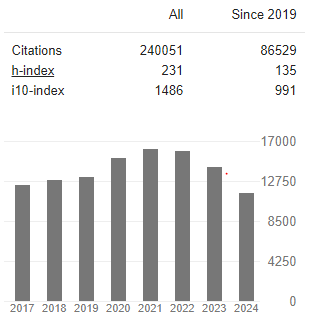Assessment of the In Vitro Effects of Six Selected Plant Extracts on Xanthine Oxidase
Abstract
Madalitso M Mlozen, Adam M Nyanda, Elias Bonya, Exton Siyano, Enock Khunju, Khalidwe Chimpeni, Lydia Chikwalik-wali, Blessings Gonani, Wilfred Taika, Linly Linje, Zefaniah Katuah, Chikondi Kamwendo, Blessings Katiniche, Jonathan Majamanda and Patrick Chagwa
Background: Gouty arthritis is one of the most prevalent forms of arthritis caused by the deposition of uric acids mostly in joints, due to hyperuricemia. Xanthine oxidase (XO) is a key enzyme of the purine degradation pathway, catalysing the oxidation of hypoxanthine to xanthine and further to uric acid; increased activity leads to hyperuricemia hence a need to control XO activity. Commonly used therapeutic approach is the use of XO inhibitors. This study aimed to investigate if Vitis vinifera, Malus sylvestris fruit peels, Cymbopogon citratum leaves, Mucuna Pruriens leaves, Zanha africana roots and leaves, Mimosa pudica roots extracts have a Xanthine Oxidase inhibitory potential in vitro.
Methodology: Air dried samples were crushed into powder using a mortar and pestle. Maceration and percolation extraction methods were used to obtain active secondary metabolites from plant materials at 10%w/v. Spectrophotometric assays methods were used for Xanthine Oxidase activity and inhibition studies.
Results: The results of the current study showed that all aqueous plant extracts showed the presence of flavonoids. The experimental data showed significant inhibitory effects on XO activity. C. citratum inhibited XO activity by an average of 71%. M. sylvestris exhibited 68%, 61% and 64% at 15, 30 and 45 minutes respectively. V. vinifera exhibited 75%, 66% and 77% XO inhibitory activity at 15, 30 and 45 minutes respectively. Z. Africana exhibited 73%, 65% and 74% at 15, 30 and 45 minutes respectively. M. pudica exhibited 74%, 77% and 78% XO inhibitory activity at 15, 30 and 45 minutes respectively. M. pruriens exhibited 65%, 69% and 71% XO inhibitory activity at 15, 30 and 45 minutes respectively.
Conclusion: The results obtained from the current study indicates that the flavonoids present in all plant extracts under study could be potential anti-gout agents by their inhibitory activities on Xanthine Oxidase activity.



